Profits at Sainsbury’s have tumbled in the first half of its new financial year.
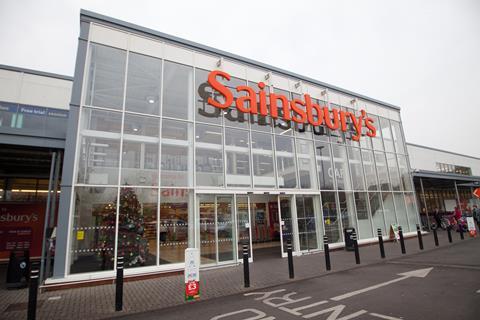
Underlying profit before tax declined by 15% to £238m while pre-tax profits fell from £107m a year ago to £9m.
In line with guidance, underlying profit also reduced by £41m to £238m “due to the combined impact of the phasing of cost savings, higher marketing costs and tough weather comparatives,” Sainsbury’s said.
A review of the store estate led to £203m of “largely one-off costs” in the results, Sainsbury’s said. Total one-off costs in the first half are £229m, resulting in statutory profit before tax of £9m.
Group sales in the 28 weeks to 21 September 2019 fell by 0.2% to £16.9bn, with retail sales excluding fuel down by 0.6% and like-for-likes down 1%.
However, the retailer did report “positive momentum” in grocery market share and said its sales performance was driven by a strong customer response to its lower prices and the launch of 123 new value brand products. A further 200 are due by the end of the financial year.
The company improved 172 supermarkets and 158 convenience stores in the half, and plans to improve 450 supermarkets and 200 convenience stores this financial year.
Speaking at the IGD Live event on 6 November, Sainsbury’s director of commercial operations Graham Biggart said the group’s “reset” of its convenience strategy two years ago was starting to bear fruit.
Store openings had been reined back and more than 30 underperforming stores were earmarked for closure, while product ranges were “de-averaged” and relaid to better reflect needs in specific localities. Investment was also made in prices to improve the value perception of the chain in the eyes of shoppers, Biggart revealed.
With this work completed, Sainsbury’s is aiming to upgrade 200 stores in the current financial year, and open more than 100 new convenience stores in the next two to three years, he added.
Commenting on the results, chief executive Mike Coupe said: “Retail markets remain highly competitive and the consumer outlook remains uncertain.
“However, as guided in September, we expect profits in the second half to benefit from the annualisation of last year’s colleague wage increase and a normalisation of marketing costs and weather comparatives.”
















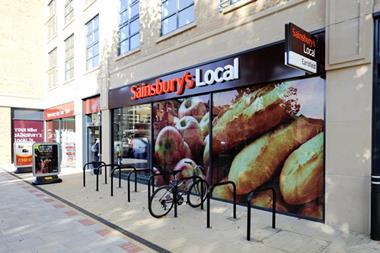
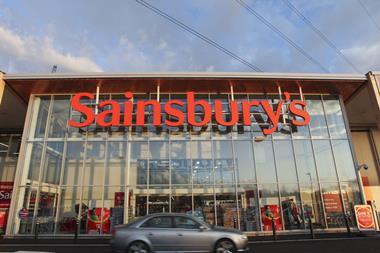
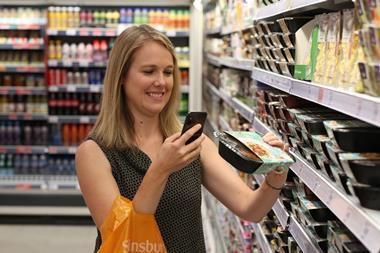
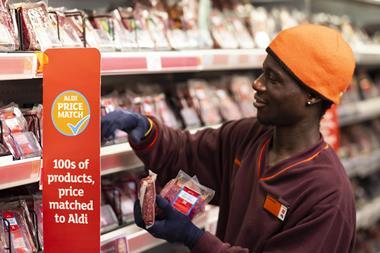
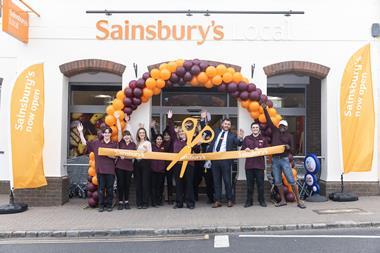





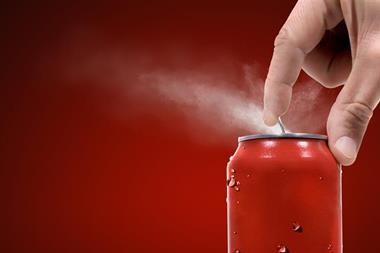
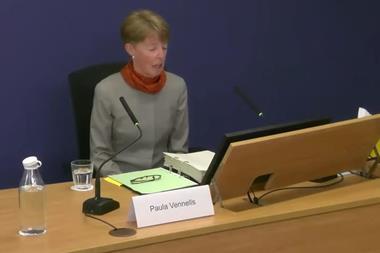
No comments yet